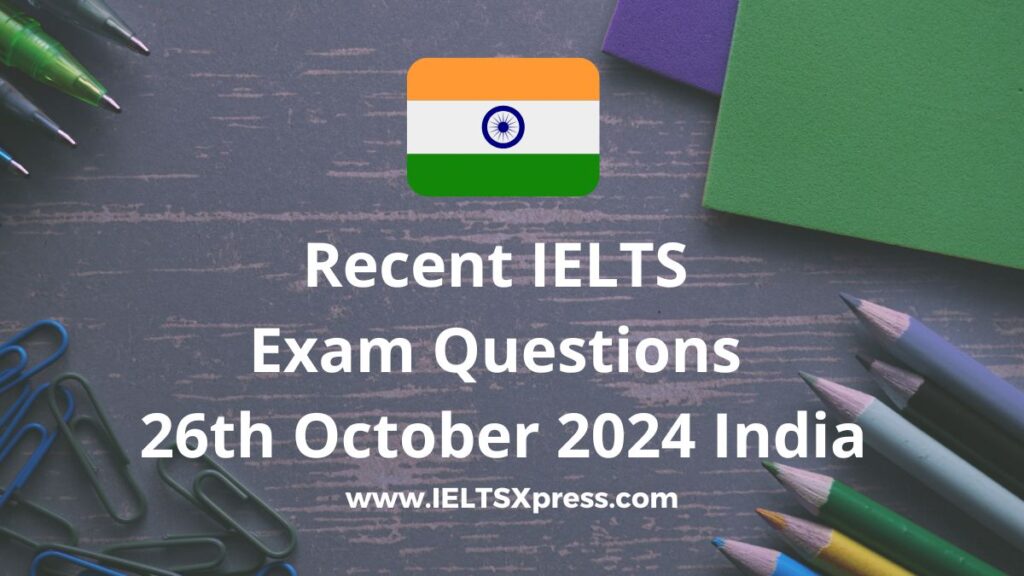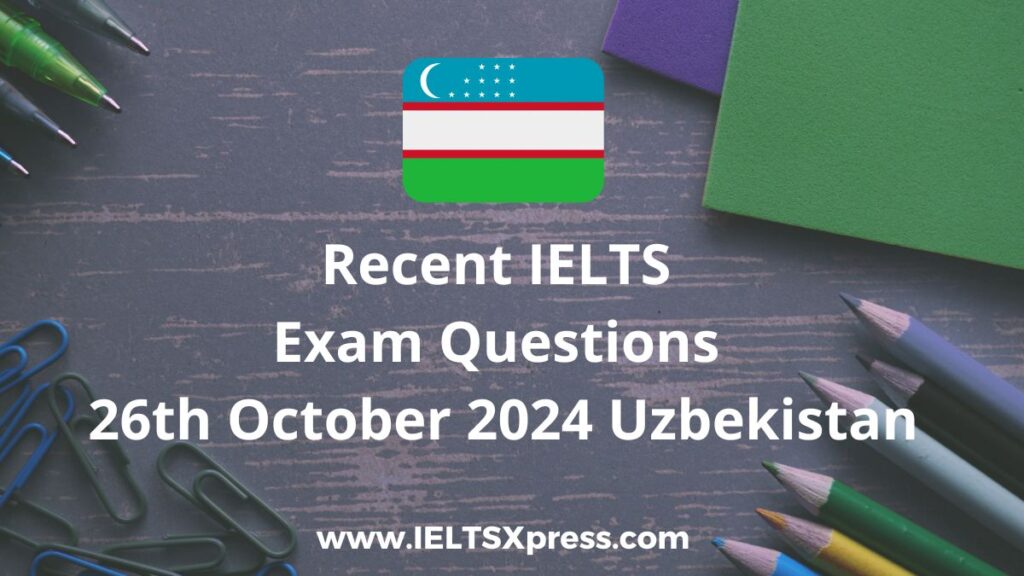Intelligence and Giftedness IELTS Reading Passage with Answers
Real IELTS Exam Question, Reported On:
| India | 12th March 2022 |
Reading Passage 2
You should spend about 20 minutes on Questions 14-26 which are based on Reading Passage 2 below.
Intelligence and Giftedness
A
In 1904 the French minister of education, facing limited resources for schooling, sought a way to separate the unable from the merely lazy. Alfred Binet got the job of devising selection principles and his brilliant solution put a stamp on the study of intelligence and was the forerunner of intelligence tests still used today, he developed a thirty-problem test in 1905, which tapped several abilities related to intellect, such as judgment and reasoning, the test determined a given child’s mental age’. The test previously established a norm for children of a given physical age. (for example, five-year-old on average get ten items correct), therefore, a child with a mental age of five should score 10, which would mean that he or she was functioning pretty much as others of that age. The child’s mental age was then compared to his physical age.
B
A large disparity in the wrong direction (e.g., a child of nine with a mental age of four) might suggest inability rather than laziness and mean he or she was earmarked for special schooling, Binet, however, denied that the test was measuring intelligence, its purpose was simply diagnostic, for selection only. This message was however lost and caused many problems and misunderstandings later.
C
Although Binet’s test was popular, it was a bit inconvenient to deal with a variety of physical and mental ages. So in 1912, Wilhelm Stern suggested simplifying this by reducing the two to a single number, he divided the mental age by the physical age and multiplied the result by 100. An average child, irrespective of age, would score 100. A number much lower than 100 would suggest the need for help, and one much higher would suggest a child well ahead of his peer.
D
This measurement is what is now termed the IQ (for intelligence quotient) score and it has evolved to be used to show how a person, adult or child, performed in relation to others. (the term IQ was coined by Lewis M. Terman, professor of psychology and education of Stanford University, in 1916. He had constructed an enormously influential revision of Binet’s test, called the Stanford-Binet test, versions of which are still given extensively.)
E
The field studying intelligence and developing tests eventually coalesced into a sub-field of psychology called psychometrics (psycho for ‘mind’ and metrics for ‘measurements’). The practical side of psychometrics (the development and use of tests) became widespread quite early, by 1917, when Einstein published his grand theory of relativity, mass-scale testing was already in use. Germany’s unrestricted submarine warfare (which led to the sinking of the Lusitania in 1915) provoked the United States to finally enter the First World War in the same year. The military had to build up an army very quickly; it had two million inductees to sort out. Who would become officers and who enlisted men? Psychometricians developed two intelligence tests that help sort all these people out, at least to some extent, this was the first major use of testing to decide who lived and who died, as officers were a lot safer on the battlefield, the tests themselves were given under horrendously bad conditions, and the examiners seemed to lack commonsense, a lot of recruits simply had no idea what to do and in several sessions most inductees scored zero! The examiners also came up with the quite astounding conclusion from the testing that the average American adult’s intelligence was equal to that of a thirteen-year-old!
F
Intelligence testing enforced political and social prejudice, their results were used to argue that Jews ought to be kept out of the united states because they were so intelligently inferior that they would pollute the racial mix, and blacks ought not to be allowed to breed at all. And so abuse and test bias controversies continued to plaque psychometrics.
G
Measurement is fundamental to science and technology, science often advances in leaps and bounds when measurement devices improve, psychometrics has long tried to develop ways to gauge psychological qualities such as intelligence and more specific abilities, anxiety, extroversion, emotional stability, compatibility, with a marriage partner, and so on. Their scores are often given enormous weight, a single IQ measurement can take on a life of its own if teachers and parents see it as definitive, it became a major issue in the 70s, when court cases were launched to stop anyone from making important decisions based on IQ test scores, the main criticism was and still is that current tests don’t really measure intelligence, whether intelligence can be measured at all is still controversial, some say it cannot others say that IQ tests are psychology’s greatest accomplishments.
I E L T S X P R E S S
Questions 14-17
The Reading Passage has seven paragraphs A-G
Which paragraph contains the following information?
Write the correct letter A-G, in boxes 14-17 on your answer sheet.
14 IQ is just one single factor of human characteristics.
15 Discussion of the methodology behind Professor Stern’s test.
16 Inadequacy of IQ test from Binet.
17 The definition of IQ was created by a professor.
Questions 18-21
Choose the correct letter, A, B, C or D.
Write your answers in boxes 18-21 on your answer sheet.
18 Professor Binet devises the test to _________
A find those who do not perform satisfied
B choose the best one
C measure the intelligence
D establish the standard of intelligence
19 The test is designed according to ____________
A math
B age
C reading skill
D gender
20 U.S. Army used Intelligence tests to select _______
A Officers
B Normal Soldiers
C Examiners
D Submarine drivers.
21 the purpose of the text is to _______
A Give credit to the contribution of Binet in IQ test
B prove someone’s theory is feasible.
C discuss the validity and limitation of the test
D outline the history of the test
Questions 22-26
Do the following statements agree with the information given in Reading Passage 2?
In boxes 22-26 on your answer sheet, write
TRUE if the statement is true
FALSE if the statement is false
NOT GIVEN if the information is not given in the passage
22 Part the intension in designing the test by professor Binet has been misunderstood.
23 Age as a factor is completely overlooked in the simplified tests by Wilhelm Stern
24 Einstein was a counter-example of IQ test conclusion.
25 IQ test may probably lead to racial discrimination as a negative effect.
26 The author regards measuring intelligent test as a goal hardly meaningful.
IELTSXpress
Intelligence and Giftedness IELTS Reading Passage Answers
Practice with Expert IELTS Tutors Online
Apply Code "IELTSXPRESS20" To Get 20% off on IELTS Mock Test
14. G
15. C
16. B
17. D
18. B
19. B
20. A
21. C
22. TRUE
23. FALSE
24. NOT GIVEN
25. TRUE
26. NOT GIVEN
Also Check: Plan For Sharing Accommodation IELTS Listening Test 19




IELTS vocabulary
Spoken English